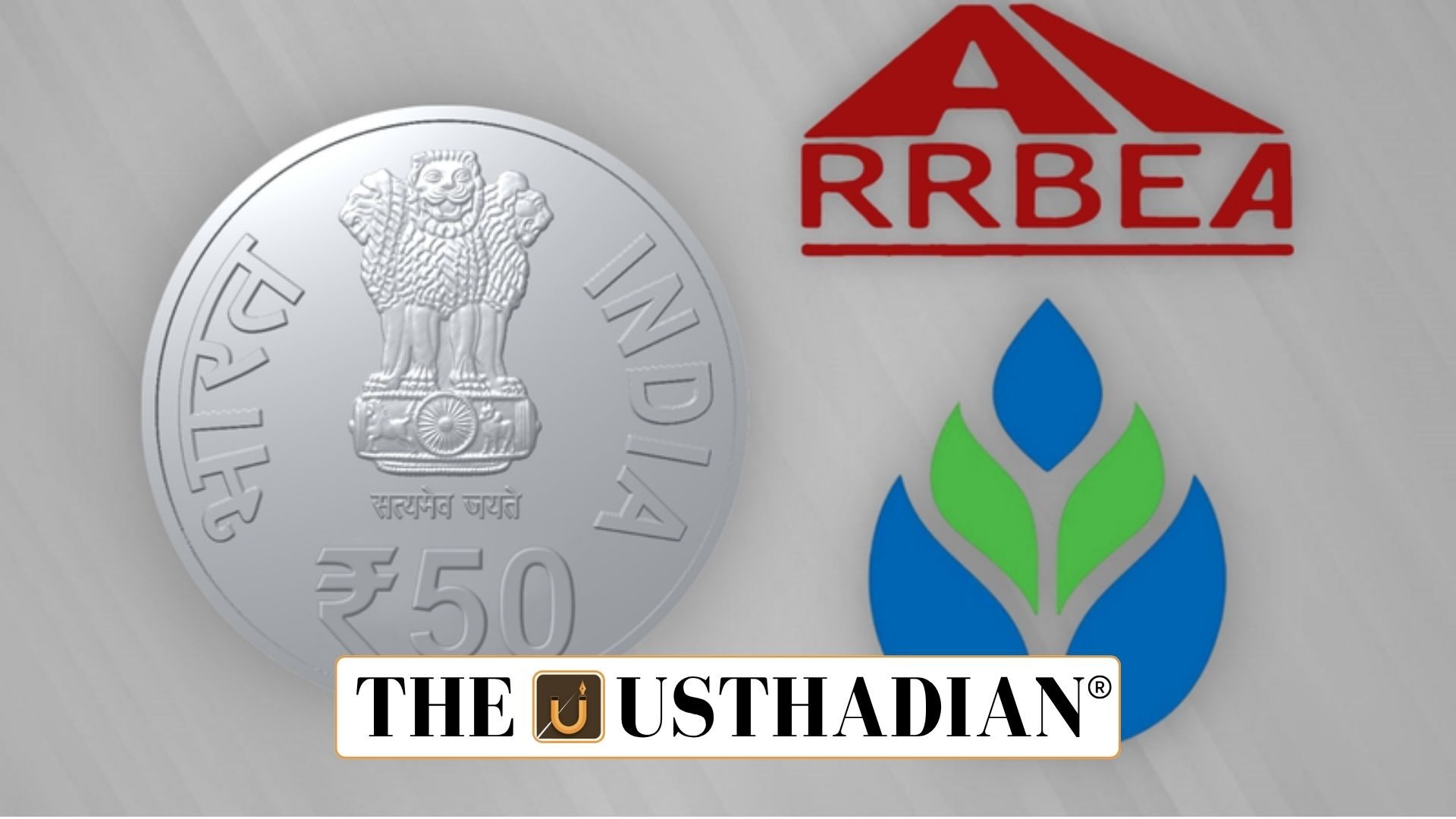Background of Regional Rural Banks
Golden Jubilee of Regional Rural Banks in 2025: The Regional Rural Banks (RRBs) were created in 1975 under an Ordinance and later formalized through the RRB Act of 1976. The objective was to strengthen rural credit delivery and provide an alternative to the cooperative credit structure.
The shareholding model was unique, with 50% by Government of India, 15% by State Government, and 35% by a sponsoring bank. This tripartite structure ensured joint responsibility in promoting financial services in rural India.
Static GK fact: The first RRB was Prathama Bank, established in Moradabad (Uttar Pradesh) in 1975.
Milestone of Golden Jubilee
The year 2025 marks 50 years since the establishment of RRBs. To commemorate this milestone, NABARD, in collaboration with the Department of Financial Services, Union Ministry of Finance, is organizing a special national event in New Delhi.
This celebration highlights the crucial role RRBs have played in promoting financial inclusion, rural credit access, and agricultural development.
Role in Priority Sector Lending
RRBs are mandated to allocate 75% of ANBC or CEOBE (whichever is higher) towards priority sector lending (PSL). This ensures that the majority of their credit flows to small farmers, rural artisans, agricultural labourers, and weaker sections.
As of recent data, over 89% of RRB loans are directed to the priority sector, making them strong performers compared to other banking institutions.
Static GK Tip: PSL guidelines are issued by the Reserve Bank of India under the Banking Regulation Act, 1949.
Structural Reforms and Amalgamation
To improve efficiency, the Dr. V.S. Vyas Committee (2001) recommended consolidation. From 2005 onwards, several RRBs were merged to strengthen their financial position, improve technology adoption, and enhance customer services.
By March 2022, there were 43 RRBs sponsored by 12 Scheduled Commercial Banks, covering almost every part of rural India.
Sponsorship and Regulation
Almost all public sector banks sponsor at least one RRB, except Punjab & Sind Bank. Interestingly, J&K Bank is the only private bank with an RRB under its sponsorship.
RRBs are regulated by the RBI and supervised by NABARD, ensuring financial discipline and sectoral focus.
Contribution to Financial Inclusion
RRBs have been instrumental in implementing government flagship schemes. They account for 18.5% of PMJDY accounts, 13.3% of PMSBY enrolments, and 16.9% of PM-Kisan beneficiary accounts. Their widespread reach in rural areas has made them key drivers of inclusion.
Static GK fact: PMJDY (Pradhan Mantri Jan Dhan Yojana) was launched in 2014 as the world’s largest financial inclusion scheme.
Legacy and Future Outlook
Over five decades, RRBs have transformed into vital rural financial institutions. Their contribution towards credit delivery, agricultural support, and rural upliftment has been unmatched. The Golden Jubilee in 2025 is not just a commemoration but also a call to modernize further with digital banking and sustainable credit practices.
Static Usthadian Current Affairs Table
Golden Jubilee of Regional Rural Banks in 2025:
| Topic | Detail |
| Establishment year | 1975 (Act in 1976) |
| First RRB | Prathama Bank, Moradabad |
| Shareholding pattern | GOI 50%, State Govt 15%, Sponsor Bank 35% |
| Number of RRBs (2022) | 43 |
| Sponsoring banks | 12 Scheduled Commercial Banks |
| Unique sponsorship | J&K Bank (only private sponsor) |
| PSL mandate | 75% of ANBC/CEOBE |
| Loan share to PSL | Over 89% |
| Consolidation started | 2005, based on Vyas Committee (2001) |
| Key government schemes | PMJDY, PMSBY, PM-Kisan |








